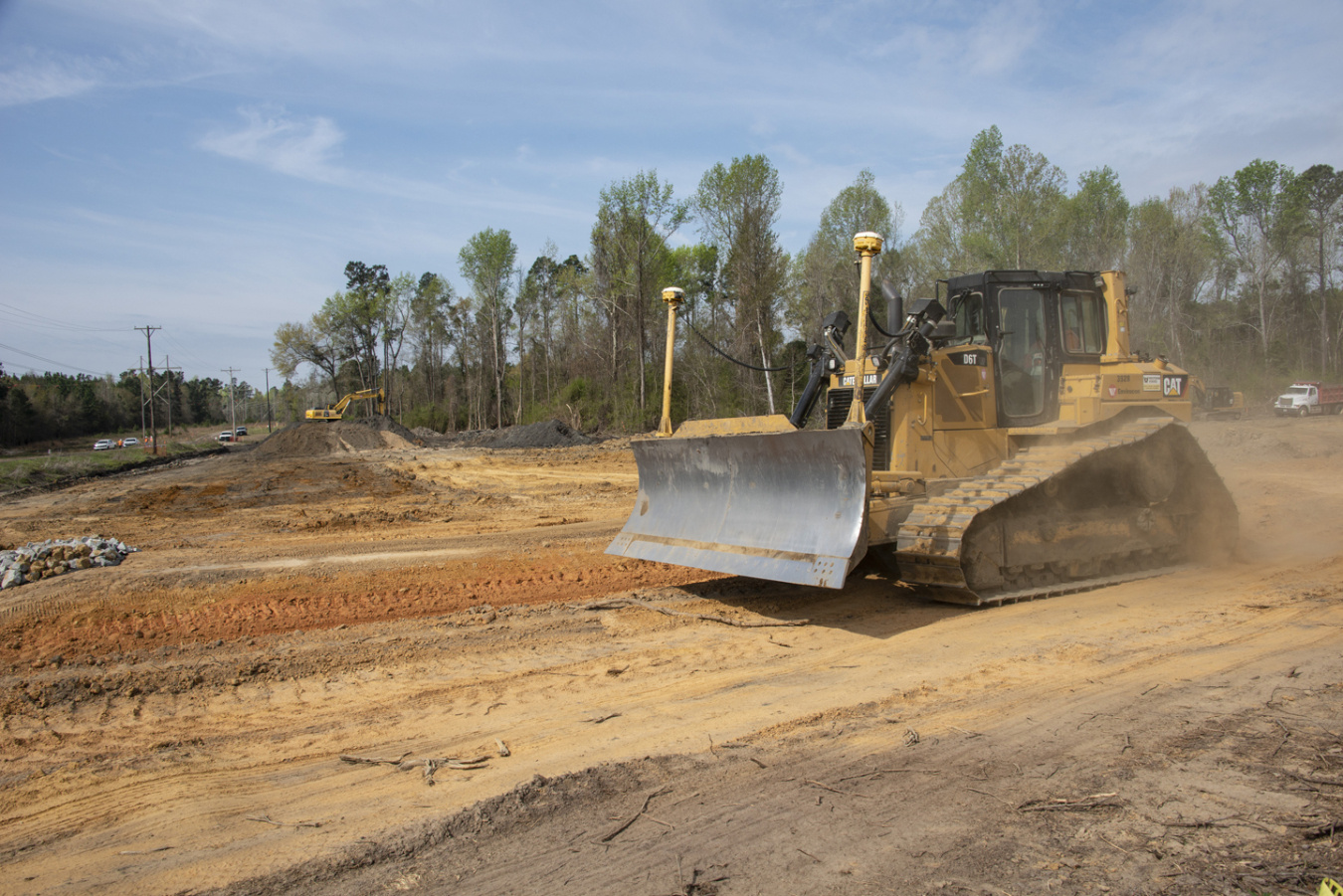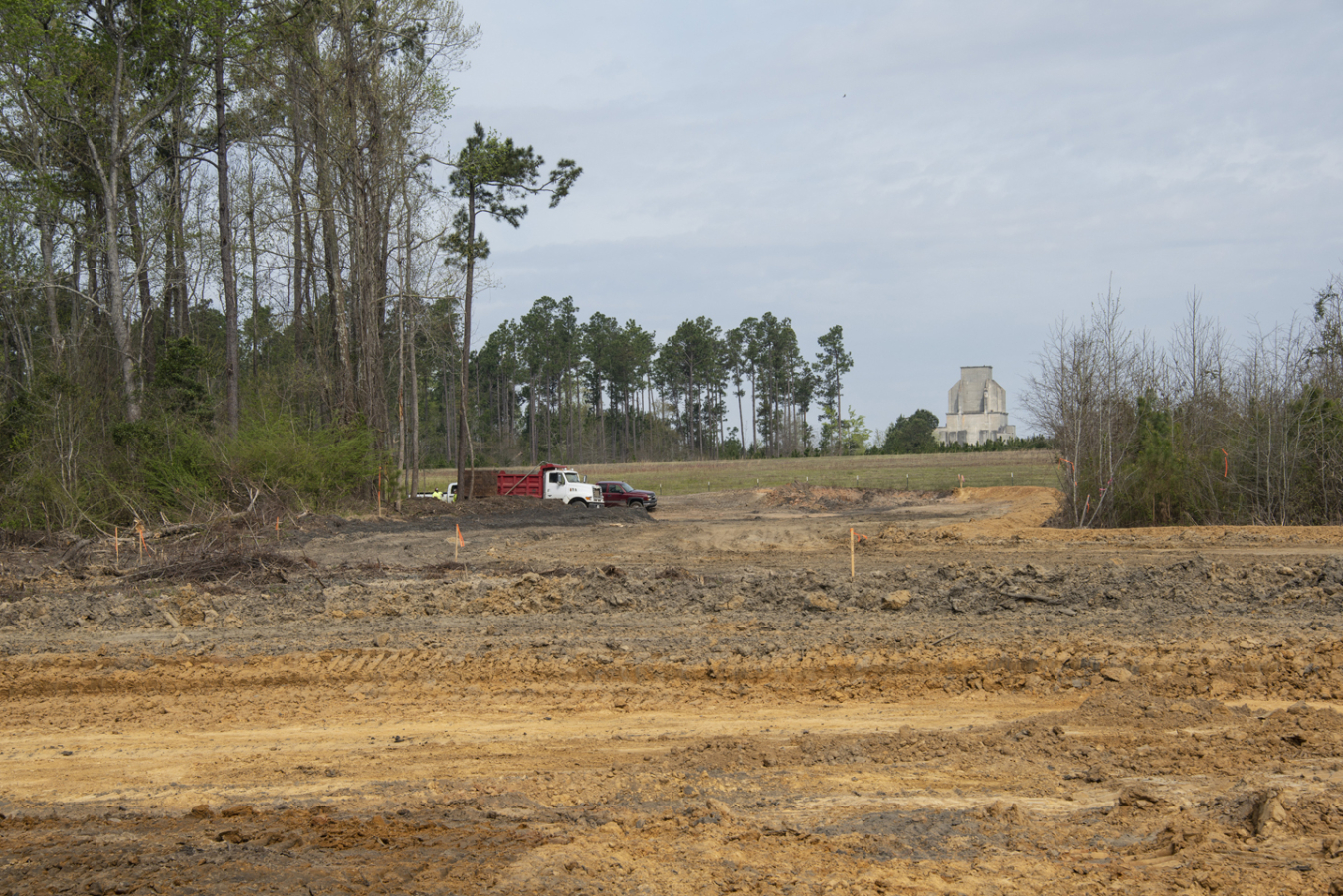Savannah River Site workers are excavating about 22,000 cubic yards of coal ash from a now-defunct powerhouse that once created electricity and steam.
Office of Environmental Management
April 9, 2019
AIKEN, S.C. – Savannah River Site (SRS) workers are excavating about 22,000 cubic yards of coal ash from a now-defunct powerhouse that once created electricity and steam for the P Reactor.
Removal of the ash, which extends from a basin to nearby wetlands in a layer up to 3 feet thick, is a significant step toward completing EM’s environmental cleanup mission at SRS. Crews will move the ash to a site landfill in a project scheduled for completion within 10 months.
The basin had been remediated as part of a larger project to decommission the P and R reactors. Ash from the powerhouse was disposed in the basin. For more than three decades, the powerhouse supported plutonium production for the nation's nuclear defense program.
Workers use heavy equipment to remove the soil and ash one acre at a time to minimize erosion, according to Kelsey Holcomb, the ash remediation project manager at Savannah River Nuclear Solutions (SRNS), the site’s management and operations contractor.
"In all, about 10 acres adjacent to the wetlands area will be cleaned up,” Holcomb said. “Six acres are wooded and will need to be cleared."

A dominant feature of the cleanup area is the Carolina bay, known locally as Dunbarton Bay. Carolina bays are elliptical depressions in the land typically marshy, rich in biodiversity, and ecologically sensitive. A variety of bay trees grow in and around the depressions.
"SRS worked with representatives from state and federal regulators to preserve the bay," Holcomb said. "Ash removal is being controlled to protect Dunbarton Bay’s sensitive ecosystem from damage caused by construction activities."
Workers will grade and stabilize the area in the final project phase.
"Our plans are to restore the excavation site with the expectation that one day it will return to hardwood forest," Holcomb said.
Last year, SRNS received the Project Management Institute Award for Project Excellence for another coal ash cleanup project. The contractor was recognized for completing the first of two phases of work at the SRS D-Area Ash Basins ahead of schedule and significantly under budget.

